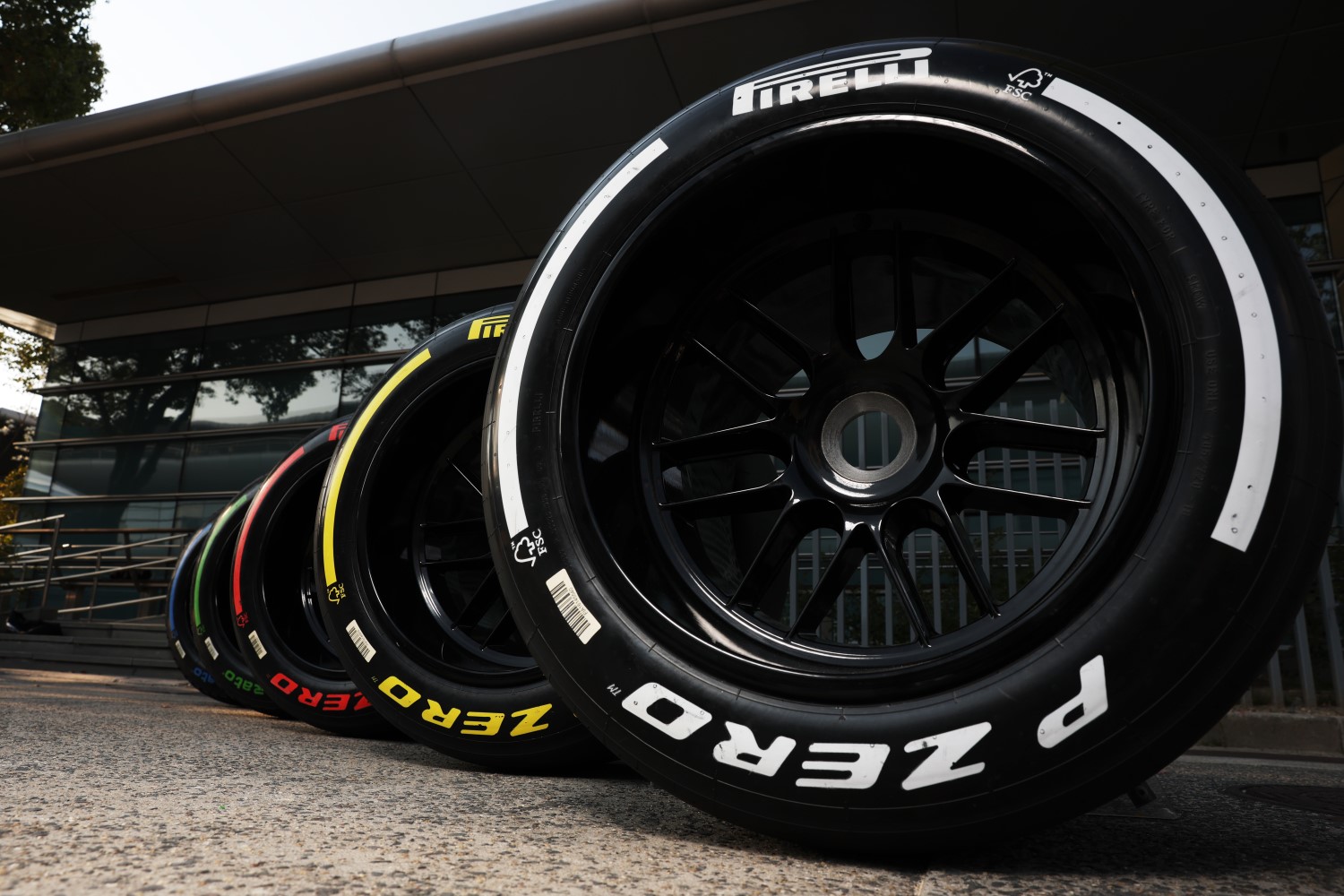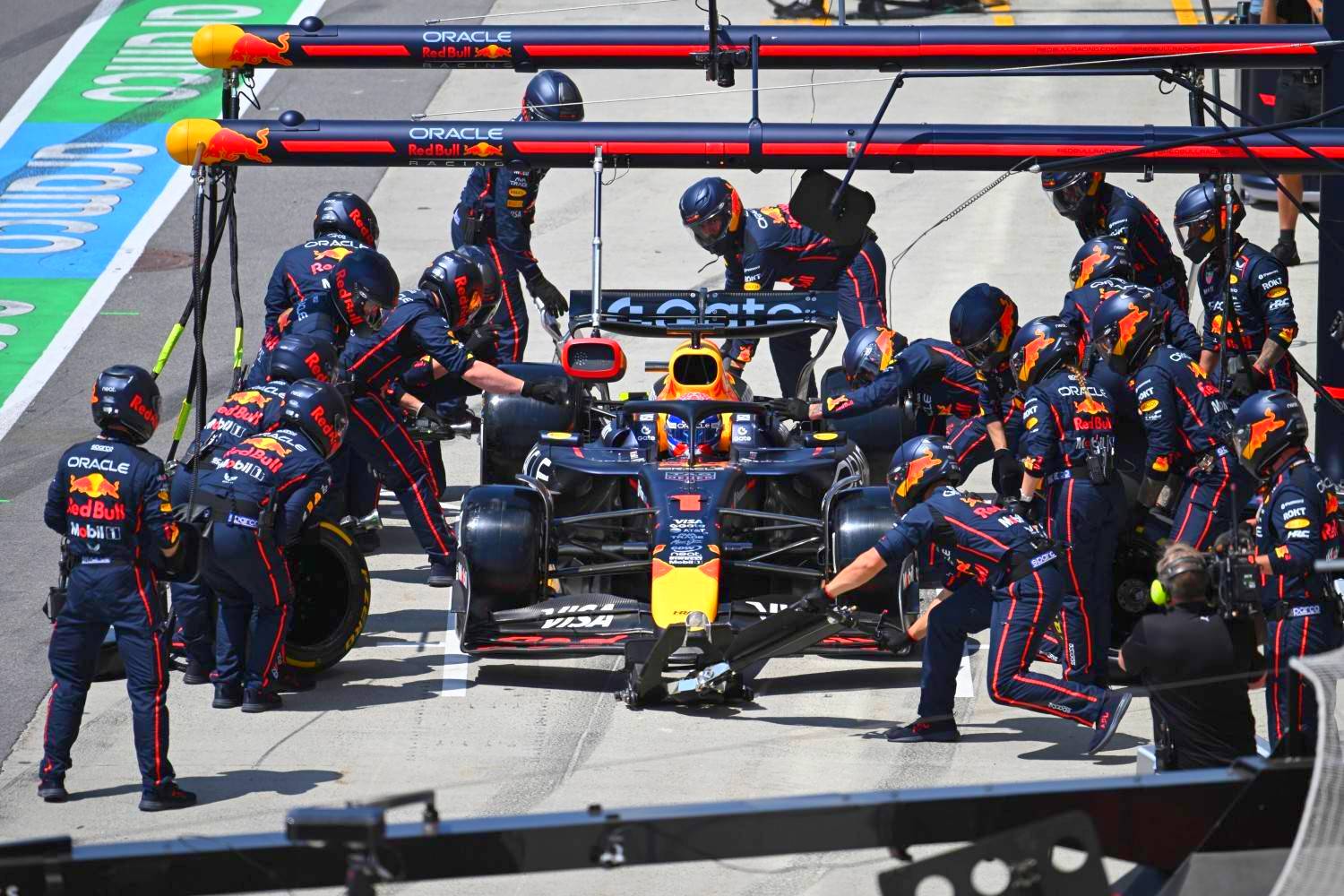Formula 1 Rumor: Two mandatory pitstops under consideration for 2026
With Formula 1 on the cusp of its most sweeping technical changes in years, a fresh idea to amp up the racing drama is gaining steam. Backed by Liberty Media and a handful of teams, the notion of requiring two pit stops per race could banish the tire-management grind and inject non-stop excitement from lights out to checkered flag.
–by Mark Cipolloni–
Formula 1 is barreling toward a massive transformation in 2026, with groundbreaking updates to engines and chassis set to redefine the sport. But beyond the hardware, a bold regulatory shift might soon join the mix: making two pit stops compulsory for every race. This concept, which has been simmering for some time and enjoys support from Liberty Media along with certain outfits, harks back to an era when such tactics were common—until Pirelli’s durable tires made single-stop affairs the default.
In the last five races, all winners have nursed their rubber through just one stop. Ignore anomalies like the Zandvoort safety car pile-up or Silverstone’s downpour, and you’d have to rewind to the Austrian Grand Prix at Spielberg for the most recent genuine two-stopper. For spectators hungry for chaos and variety, options are scarce: Data wizards run the math, and one-stop plans invariably squeak ahead. It’s a low-risk bet—slower laps avoid tire degradation spikes, slash pit error chances, and sidestep traffic jams with slower cars.
This leads to drivers glued to their optimal pace targets, fostering predictable parades that sap the spectacle. The antidote? Enforce those two stops to guarantee more frequent tire swaps, empowering aggressive pushes without the constant degradation watch. It’s proven ground: Think back to the 2023 Qatar GP, where safety protocols demanded two stops and limited tire life, unleashing a raw, all-out battle. Racers raved—no more limping on bald slicks.
According to the Motorsport.com Italian site, insiders report this proposal is queued for the next F1 Commission session, where they’ll gauge team enthusiasm and explore rollout variations, each with its own pros and cons.
Option A: Require deploying all three Pirelli compounds provided for the event, though teams choose the sequence. This could breed diverse strategies based on each tire’s handling traits.

Option B: Simply dictate the two stops, sans compound restrictions. Scrap the existing two-type minimum, giving crews full rein on selections.
Option C: Impose a strict mileage limit per set—say, 45% of the race on any one compound—to curb ultra-long runs without dictating varieties.
Resistance is likely. Detractors argue mandating three compounds could stifle innovation, funneling everyone into identical blueprints: Extra constraints, diminished surprises. Chatter from the Mexico City paddock was evenly divided—optimists envision a surge in bold overtakes via undercuts and overcuts, while skeptics dread uniform stint timings grid-wide. A stripped-down two-stop edict (compound-free) could win broader backing, shifting the sim battles purely to stop sequencing.
The Commission huddle promises heated exchanges, with analysts poring over simulations. The outcome, whatever it is, might finally torch the fuel-miser monotony and restore 2026 to the blistering, edge-of-your-seat essence that fueled F1’s legend. Eyes peeled—the decision could ignite a revolution rivaling the hybrid age’s debut.
